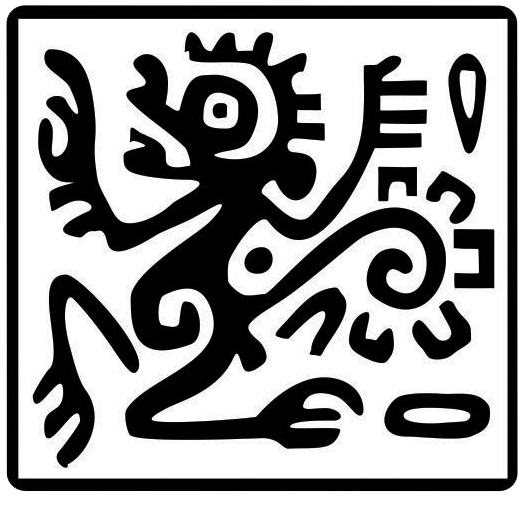Abundance of aposematic patterns in hooded skunk, Mephitis macroura
Abstract
Some organisms warn their predators through color patterns. This is the case of the hooded skunk, Mephitis macroura. Under the assumption that the coloration of skunks is aposematic, we analyzed the coloration patterns of a population of hooded skunks. We hypothesized that the individuals showing a more contrasting coloration, should be more abundant in open vegetation types than those with a less contrasting pelage coloration. Using camera-traps, we grouped photographs of hooded skunks showing different combinations of color patterns and determined the relative abundance of individuals by color patterns by set and habitat type. We identified 25 individuals in the study area, most of them in induced grasslands, and identified four combinations of color patterns. We found an overlap of the period of activity and space, as well as a higher abundance of the most contrasting color pattern in the most open type of vegetation, accepting our hypothesis. We contribute to a better understanding of the ecologic relations between the habitat and the possible adaptations of some species to their environment like the skunks.
Copyright (c) 2021 Therya Notes

This work is licensed under a Creative Commons Attribution-NonCommercial-NoDerivatives 4.0 International License.
THERYA NOTES is based on its open access policy allowing free download of the complete contents of the magazine in digital format. It also authorizes the author to place the article in the format published by the magazine on your personal website, or in an open access repository, distribute copies of the article published in electronic or printed format that the author deems appropriate, and reuse part or whole article in own articles or future books, giving the corresponding credits. The Creative Commons CC BY-NC-SD license is used.![]()










